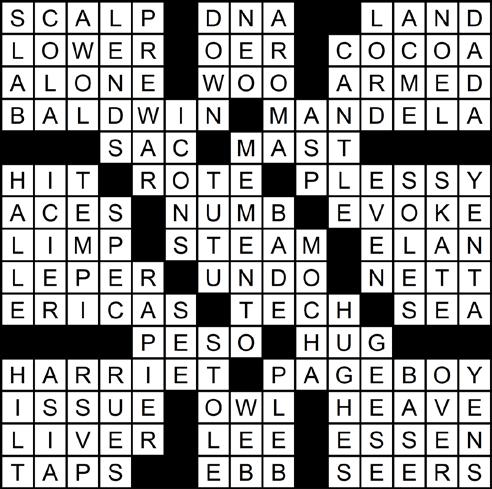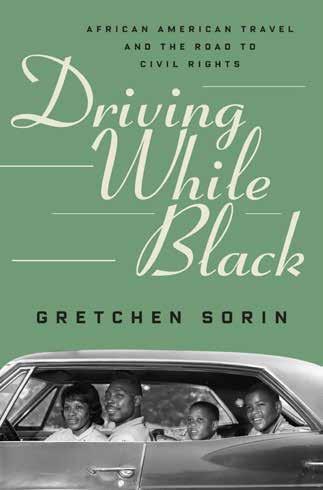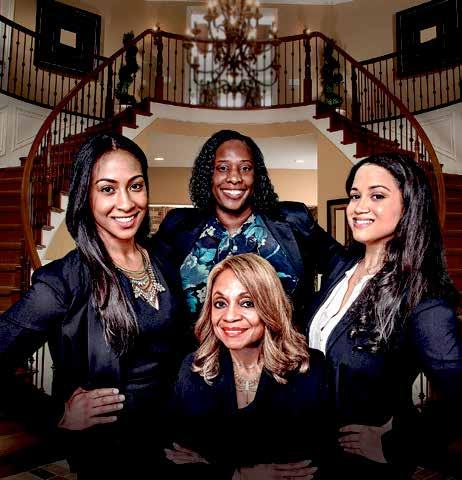
6 minute read
Health
Disrupting Racial and Ethnic Disparities for Older New Yorkers
AARP, Asian American Federation, Hispanic Federation, NAACP, Urban League Unveil New Research, Urge Legislative & Policy Solutions to Level Playing Field O lder New Yorkers of color are more threatened by gentrification, more likely to skip prescription medications because of cost, more burdened by utility bills, and more financially squeezed by the responsibilities of family caregiving than older White New Yorkers.
Advertisement
That’s the takeaway from Disrupting Disparities 2.0, Solutions for New Yorkers Age 50+, the second phase of a multi-year initiative by AARP New York, the Asian American Federation, the Hispanic Federation, the NAACP of New York and the New York Urban League, examines disparities impacting New Yorkers of color 50+ in the areas of health, economic security and livability.
AARP and its partner groups released Disrupt Disparities 2.0, a conglomeration of research into gentrification, prescription drug affordability, and family caregiving and utility costs, at a media luncheon at the Yale Club featuring Assembly Members Yu-Line Niou and Robert Rodriguez of Manhattan.
“Whether it’s housing, prescription drugs, utilities or caring for a loved one, older New Yorkers of color face longer odds when it comes to affordability and access,” said AARP New York State Director Beth Finkel. “We’ve made significant progress since we launched ‘Disrupt Disparities’ in 2018, but ‘Disrupt Disparities 2.0’ shows we need to do more to level the playing field so all New Yorkers have equal opportunities.”
“Most striking among the findings is the dearth of data about the Asian American community on key topics like housing, utilities and caregiving,” said Asian American Federation Executive Director
Jo-Ann Yoo.
“The initial Disrupt Disparities reports drove significant changes in state policies that will improve the lives of New York’s Hispanic population,” said Hispanic Federation President & CEO Frankie Miranda. “Together with AARP, we are excited to build on those early successes through this new research and policy ideas.”
“As the heroes of the Civil Rights Movement showed us, progress comes – sometimes quickly and dramatically, but more often through tough, unglamorous, incremental policy work,” said NAACP New York President Hazel Dukes. “The time to get to work is long past, and we stand proudly with AARP to support New York’s 50+ people of color.” “People of color 50 and older experience stark disparities across their health, homes and neighborhoods, particularly in New York’s urban centers,” said New York Urban League President Arva Rice. “We are proud of what this initiative has already accomplished, and look forward to implementing more policy changes to close the gaps and ensure equality for all, regardless of race or ethnicity.”
“While some progress has been made, we have much work

to do to break the equity barriers that older adults who are black or of color face in health, economic security, and livability,” said Assembly Member Robert Rodriguez of East Harlem.
“The research conducted by AARP and its partner organizations documents the tremendous barriers facing our communities in affording basic needs like prescription drugs, housing, and utilities,” said Assemblymember Yuh-Line Niou. AARP is recommending a comprehensive state package that includes safe importation of lower-cost drugs, a crackdown on price gouging, exposure of “pay for delay” deals where brand name drug makers pay generic makers to delay consumer access to cheaper alternatives, and expanding the state’s Elderly Pharmaceutical Insurance Coverage program (EPIC), which subsidizes prescription co-pays for older low-income New Yorkers.
Governor Andrew Cuomo has included key prescription drug cost proposals in his 2020 agenda, and key legislation has been introduced in Albany.
AARP is urging the state to enact a caregiver tax credit to provide family caregivers some financial relief by allowing them to claim as much as half the total they spend on caregiving. AARP is also pushing for a $13.5 million increase this year in state funding for home-delivered meals, which provide support and respite for family caregivers.
Follow us on Twitter: @ AARPNY and Facebook: AARP New York
Talk to your doctor about preventive services covered by Medicare “An Apple a Day...”

Services covered at 100%: • Annual wellness visit • Flu and pneumonia shots • Hepatitis C screening • Bone mass measurement • Colon cancer screening • Breast cancer mammogram screening • Counseling to stop smoking • ...and much more
For free and impartial Medicare guidance, contact the Health Insurance Information Counseling and Assistance Program (HIICAP) at nyc.gov/aging or by calling 311
Para información en Español, llame al 311

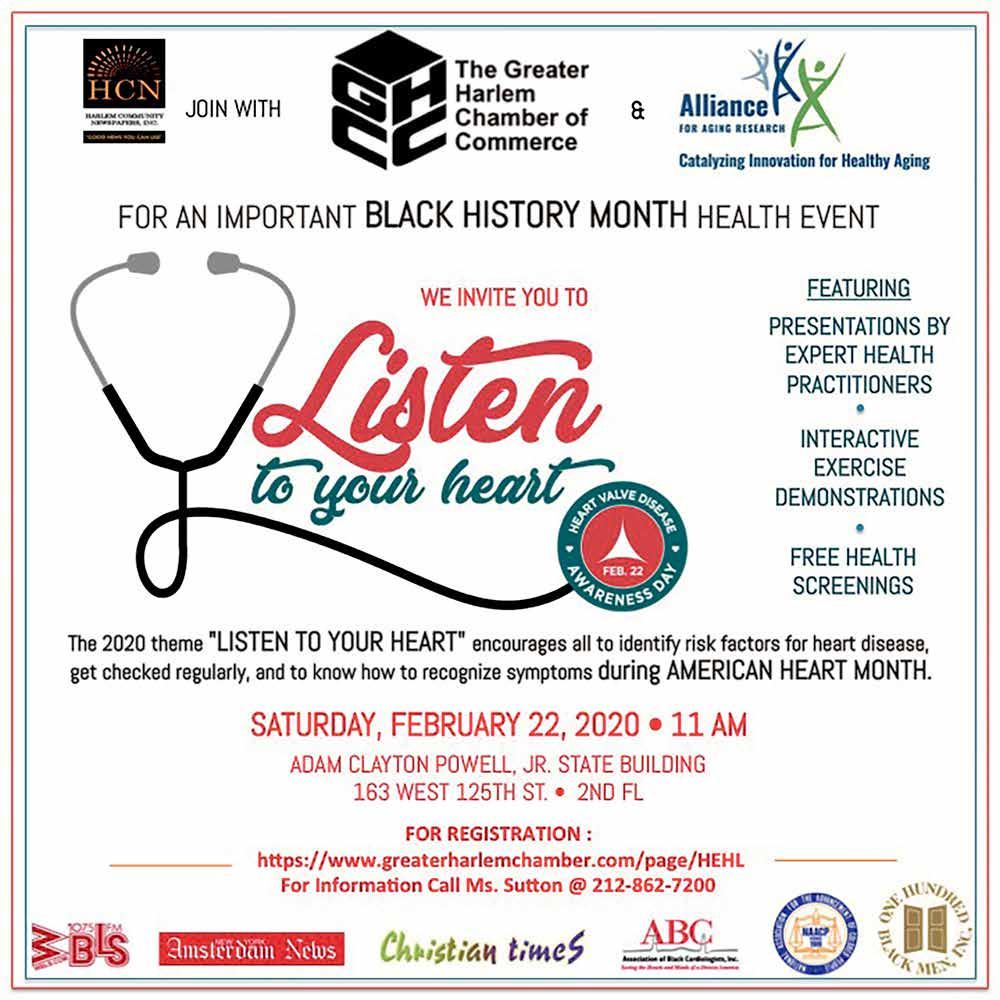
Black History Month: Seneca Village: The Forgotten Village in the Heart of Manhattan
By: Erin Lewenauer
As we bury ourselves in a blustery February, we look to Black History Month to reflect a brighter light. An important part of Black History in New York City is found in an unlikely oasis: Central Park.
Central Park used to be home to a place called Seneca Village, a 19th-century settlement of mostly African-American landowners in Manhattan. The settlement was located on about 5 acres on the Upper West Side, between 82 nd and 89 th Streets and 7 th and 8 th Avenues, before those streets existed.
Seneca Village was the first community of its kind in NYC, founded in 1825 by free Blacks. The community had 264 residents, 3 churches, a school, and 2 cemeteries at its height. The origin of the name is uncertain. It was later inhabited by several other minorities, including Irish and German immigrants. The community existed until 1857 when through eminent domain, the villagers were ordered to leave and their houses were torn down for the construction of Central Park. The land was originally purchased by a white farmer named John Whitehead in 1824. A year later, Whitehead began selling off lots. At the time, the area was far from the center of NYC, which was populated south of 23 rd Street. In 1825 a young African American man named Andrew Williams purchased three lots from the Whiteheads and the African Methodist Episcopal Zion Churchbought 12 lots. More
Photos by Nadezda Tavodova Tezgor
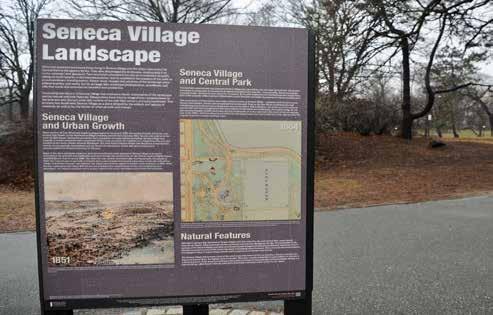
African Americans moved to Seneca Village after slavery in New York was outlawed in 1827. Later, during the potato famine in Ireland, many Irish immigrants came to live in the village. Seneca Village’s residents were marginalized and faced discrimination throughout the city. Residents were not wealthy; they worked in service industries and as domestic servants. Some fished in the East River and the Hudson River and gathered firewood from forests while some had gardens, barns, and livestock. The houses were not professionally constructed, yet their interiors were an improvement on the overstuffed tenements of Lower Manhattan. Land ownership among black residents was much higher than that of the city as a whole; more than half of blacks owned property in 1850.
By the 1840s, members of the city’s elite were demanding the construction of a large park in Manhattan. Two of the leaders of this initiative were William Cullen Bryant, the editor of the New York Evening Post, and Andrew Jackson Downing, one of the first American landscape designers. All of the inhabitants of Seneca Village were evicted by 1857, and all of the properties within Central Park were demolished. The only building from Seneca Village to survive was All Angels’ Church, which relocated a couple of blocks away.
Seneca Village was largely forgotten until 1992, the publication of Roy Rosenzweig and Elizabeth Blackmar’s bookThe Park and the People: A History of Central Park. This fascinating social history led to The Seneca Village Project, formed in 1998 to raise awareness. Archeological digs have been conducted since and in 2001 and a historical plaque was unveiled, commemorating Seneca Village and the people who called it home.
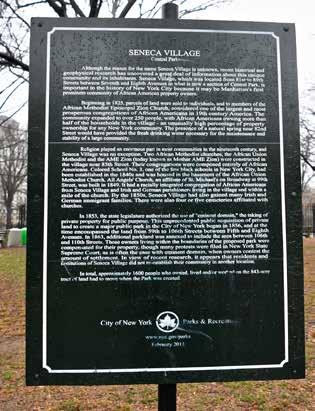
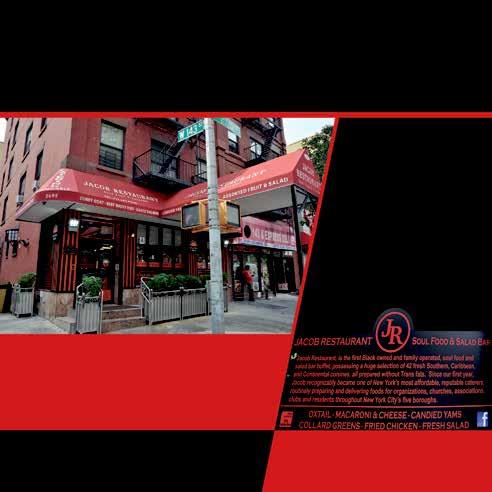
$6.49 $7.99
A C B
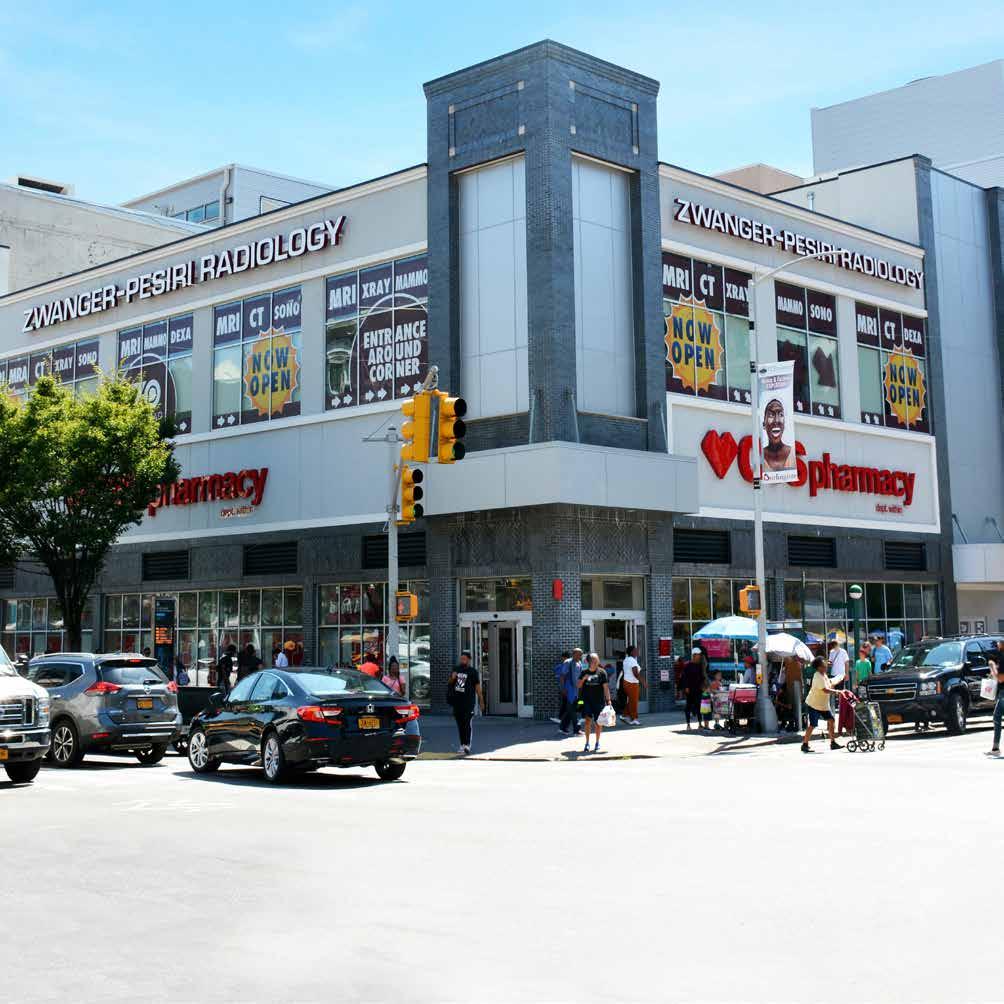
D
EST 1953
3T MRI • CT • 3D MAMMOGRAPHY
OWNED & OPERATED




